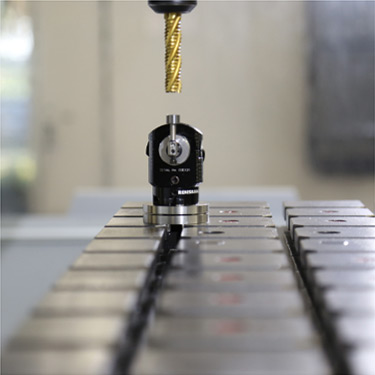
Nov . 05, 2024 07:55
Back to list
pressure reduction skid
Understanding Pressure Reduction Skids Essential Components in Fluid Management
Pressure reduction skids are critical components in various industrial applications, particularly in the fields of oil, gas, and water management. These systems are designed to safely and efficiently reduce the pressure of fluids as they move through pipelines. By managing pressure, these skids help to optimize process performance, enhance safety, and minimize the risk of pipeline failures.
A pressure reduction skid typically consists of several key components pressure regulators, control valves, instrumentation, and safety devices. The design and configuration of these skids can vary greatly depending on the specific requirements of the application, including the types of fluids being handled, desired pressure levels, and flow rates.
One of the primary functions of a pressure reduction skid is to maintain optimal pressure levels within pipelines. High pressure can lead to several operational challenges, including equipment damage, increased energy consumption, and risks associated with leaks or failures. By utilizing pressure regulators, the skid can modulate the pressure to desired levels, ensuring that the flow remains stable and safe throughout the process.
pressure reduction skid

Safety is a paramount concern in any industrial operation, and pressure reduction skids are equipped with various safety devices to mitigate potential risks. These include pressure relief valves that can divert excess pressure safely and automatically in the event of an over-pressurization scenario. Additionally, instrumentation such as pressure gauges and flow meters are integrated into the skid to provide real-time monitoring, allowing operators to make informed decisions and respond promptly to any anomalies.
In addition to safety and efficiency, pressure reduction skids also contribute to environmental sustainability. By optimizing fluid flow and reducing leak risks, these systems help minimize the environmental impact associated with fluid transport. Properly managed pressure levels can lead to less energy consumption, thus reducing the carbon footprint of the entire operation.
The installation and maintenance of pressure reduction skids are other critical aspects to consider. It is vital that these systems are designed and installed by experienced professionals to ensure proper functionality and compliance with industry standards. Regular maintenance checks are also necessary to keep the skids operating at peak efficiency and to identify and address any wear and tear that could affect performance.
In conclusion, pressure reduction skids play an essential role in the industrial management of fluids. Their ability to regulate pressure, enhance safety, and contribute to environmental sustainability makes them invaluable in various applications. As industries continue to evolve and demand greater efficiency and safety measures, the importance of well-designed and maintained pressure reduction skids will only increase. By investing in this technology, companies can ensure reliable operations and a safer working environment while promoting environmental stewardship.
Latest news
-
Safety Valve Spring-Loaded Design Overpressure ProtectionNewsJul.25,2025
-
Precision Voltage Regulator AC5 Accuracy Grade PerformanceNewsJul.25,2025
-
Natural Gas Pressure Regulating Skid Industrial Pipeline ApplicationsNewsJul.25,2025
-
Natural Gas Filter Stainless Steel Mesh Element DesignNewsJul.25,2025
-
Gas Pressure Regulator Valve Direct-Acting Spring-Loaded DesignNewsJul.25,2025
-
Decompression Equipment Multi-Stage Heat Exchange System DesignNewsJul.25,2025

